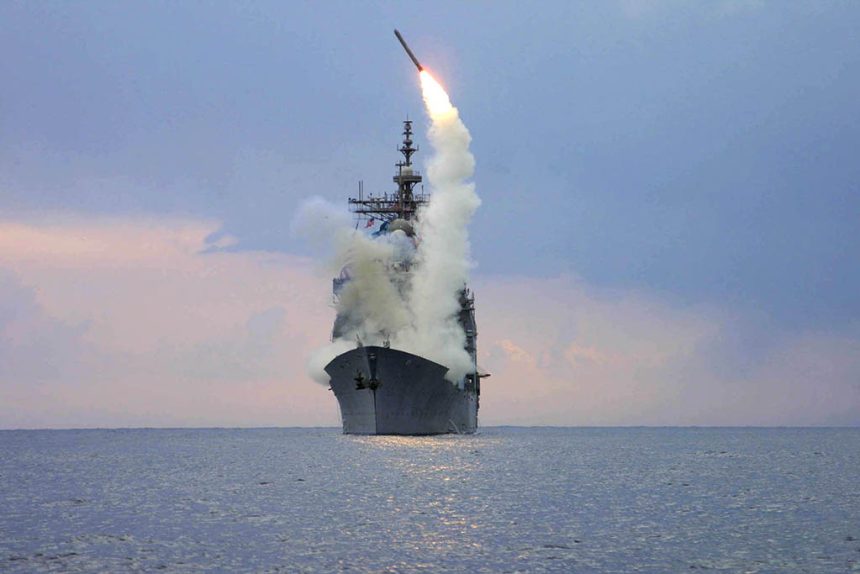Forget F-15E Strike Eagles and F/A-18E Super Hornets carrying PGMs (Precision Guided Munitions).
Should Washington really get involved in Syria, it will probably be a limited air war, mainly made of cruise missiles, most (if not all) shot by warships or submarines and almost no involvement of “tacair” (tactical airplanes).
Indeed, there is no sign of imminent deployment of squadrons of F-15s, F-16s or F-18s and, even if one might believe some assets could already be in place (in the U.S. bases in the Persian Gulf, as Al Dhafra) nor is there any sign of tanker build up in the Turkish or Greek airbases, used to support the air war in Libya back in 2011.
Another clear sign that no traditional air campaign is going to be launched over Syria is that there is no U.S. supercarrier in the Mediterranean Sea.
The USS Truman passed through Suez just a few days ago, and it is quite unlikely it would launch strike missions from the Red Sea.
That said, most probably, the Syrian Air War will be made of three phases:
- Build-up & intelligence gathering phase
- Rain of cruise missiles
- Limited strategic bomber strikes
Phase 1 means moving required assets in place and collect the data needed for proper targeting. This phase started several months ago. Satellites and spy drones have already been watching Syria; if they really decide to strike, such intelligence activity will only be intensified, to support identification of targets to be hit in the first stages of the air war.
What will be hit?
As usual, first of all, some Syrian regime C3 commands, the remaining Air Defense batteries (those that might be a threat to the assets involved in the air war) and, obviously, the Chemical Weapons facilities, including depots of rockets used to carry CWs.
Washington will probably opt for a fast campaign, and will not completely wipe out the Syrian military in order to reduce the risk of being involved in a long, time – resources consuming war. They will only hit the CW arsenal and the most important installations Damascus could use for a retaliatory attack in the region.
The attack would be conducted by the four destroyers in the Sixth fleet area of operations (USS Gravely, USS Barry, USS Mahan and USS Ramage), each theoretically capable to launch up to 90 Tomahawks Tactical Cruise Missiles (actually less, because these warships usually carry a mix of attack and air defense missiles).
Some more missiles could be deployed by allied units (UK submarines) as well as U.S. strategic bombers that would perform some global reach, round trip missions from the US (as well as from Diego Garcia) to attack specific targets once the bulk of the Syrian air defense was destroyed: few B-2 Spirit stealth sorties to be followed by some more B-1 and possibly B-52 ones.
High flying Global Hawk drones flying from Incirlik, Sigonella or Al Dhafra, will perform the post-strike BDA (Battle Damage Assessment). Some sorties will also be flown by U-2s.
Once there will be evidence that the capability of Damascus to deliver deadly CWs was cancelled, the U.S. will quit their involvement in Syria.
Related articles

















